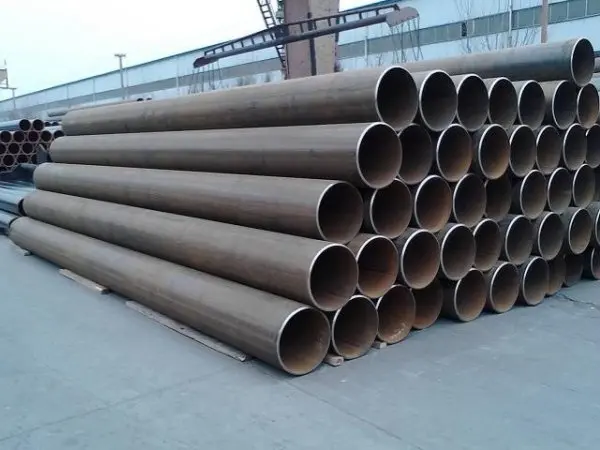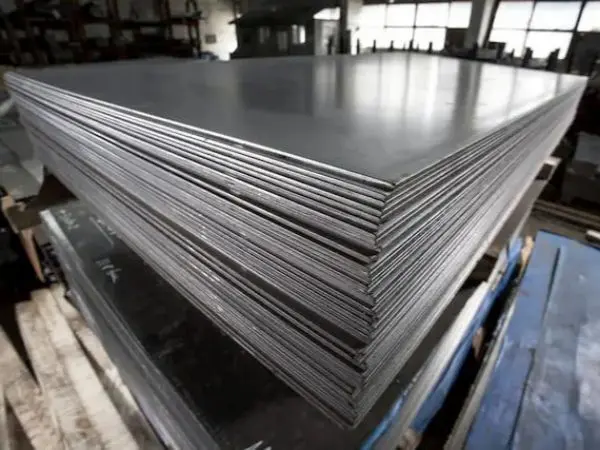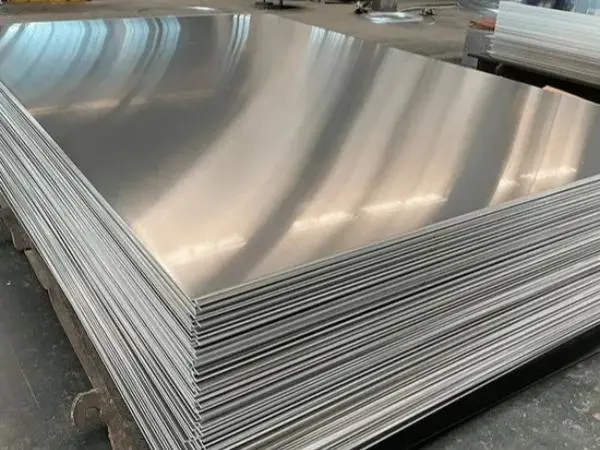- Phone0086 731 8564 8255
- E-mailsales@cscsteel-manufacturing.com
-

When selecting the right type of welded steel pipe for a project, understanding the distinctions between high-frequency welded (HFW) steel pipe and straight seam welded steel pipe is essential. These two types of pipes differ significantly in their properties, materials, and characteristics, making them suited for different applications. This article highlights the key differences to help guide selection based on project requirements.
1. Differences in Properties
High-Frequency Welded Steel Pipe: This pipe is formed from hot-rolled coils that pass through a forming machine. The high-frequency current generates a skin effect and proximity effect, heating and melting the edges of the tube blank. The edges are then pressure welded under the action of an extrusion roller, completing the production process.
Straight Seam Welded Steel Pipe: This category includes double-sided submerged arc welded pipes and high-frequency resistance welded pipes, commonly abbreviated as ERW (electric resistance welding). Based on different forming methods, submerged arc welded pipes can be further divided into UOE, RBE, and JCOE steel pipes.
2. Differences in Materials
High-Frequency Welded Steel Pipe: The welding process of high-frequency resistance welded (HFW) pipes differs from standard welded pipes. The weld is formed by melting the parent material of the steel strip, resulting in a mechanically stronger bond compared to general welded pipes.
Straight Seam Welded Steel Pipe: Straight seam welded pipes are commonly made from materials like Q195, Q215, Q345, and the X42 pipeline steel series. Depending on the wall thickness, these pipes are classified as either regular or thickened. Additionally, they can be threaded or non-threaded, depending on the pipe ends.
3. Differences in Characteristics
High-Frequency Welded Steel Pipe: These pipes boast a smooth appearance, high precision, and lower cost. The weld excess height is minimal, making them ideal for applications that require 3PE anti-corrosion coatings. However, since the welding process occurs instantly and at high speed, ensuring the weld quality is more challenging compared to submerged arc welding.
Straight Seam Welded Steel Pipe: The lengths of straight seam welded pipes can be customized as either fixed or non-fixed lengths, typically ranging from 6 to 14 meters. For large-diameter pipes, two steel plates may be required for rolling, resulting in double welds. This adds to the complexity but is often necessary for larger applications.
Conclusion
In summary, high-frequency welded steel pipes and straight seam welded steel pipes are distinctly different in terms of their production processes, material composition, and features. High-frequency welded pipes are known for their precision and cost-effectiveness, making them suitable for applications requiring anti-corrosion coatings. On the other hand, straight seam welded pipes are versatile in terms of length and diameter, often used in larger projects where weld strength is critical. Understanding these differences allows engineers and contractors to choose the most appropriate pipe for their specific application.




